
Bondage and discipline (BD), sadism and masochism (SM) or dominance and submission, refer to a form of kink known as BDSM (Pillai-Friedman, Pollitt, & Castaldo, 2015). Common BDSM practice follows a consensual negotiation of power that pertains to pain or intense physical and emotional sensations (Damm, Dentato, & Busch, 2018). Additional BDSM activity includes, but is not limited to, role playing, fetishism, spanking, pinching, use of leather and rubber, as well as rope play (Damm, et al, 2018). The BDSM community is composed of a diverse population, which encompasses individuals who identify within a variety of sexual orientations and genders.
Although the BDSM community continues to gain visibility through ongoing research and popular media, BDSM practitioners still remain a marginalized and stigmatized group.
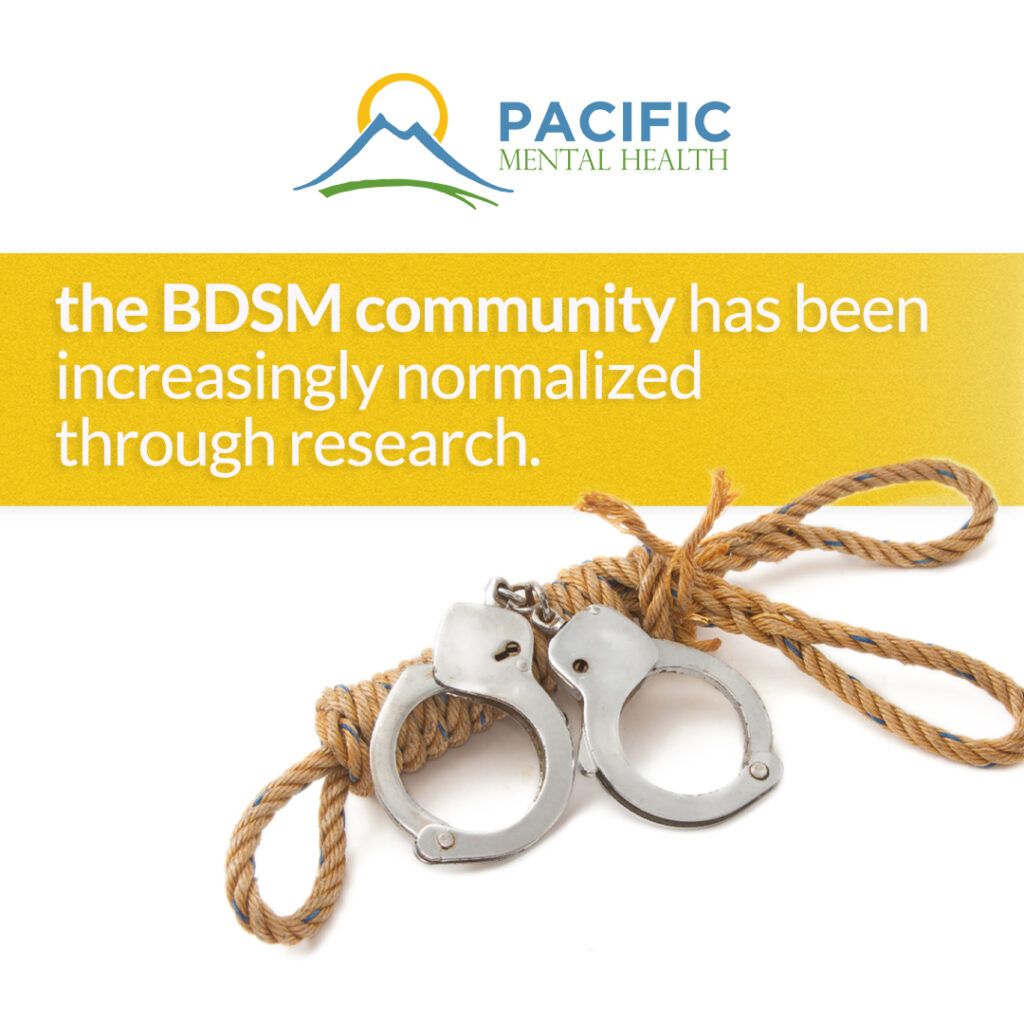
Although the BDSM community continues to gain visibility through ongoing research and popular media, BDSM practitioners still remain a marginalized and stigmatized group. As Pillai-Friedman, et al (2018) states, “there are many adults who engage in such diverse forms of intimate and sexual relationships, many of whom are perceived as being outside or atypical of the heteronormative boundaries associated with sex, gender, sexuality, sexual orientation and other types of relationships” (p. 21). As such, awareness and advocacy for sexual minority groups, such as BDSM, require ongoing growth within the mental health field and across social services.
BDSM interest and practice has been pathologized as a psychological dysfunction (Pillai-Friedman, et al, 2015) and BDSM identifying individuals face discrimination within the mental health field. A misconception of BDSM practice lies within the concept of “healing narratives,” which implies that individuals who engage in BDSM activity are psychologically damaged and maladjusted, and are using BDSM to address their issues (Pillai-Friedman, et al, 2015). The concept of “healing narratives” continues to be re-enforced throughout mainstream and popular media, which serves to invalidate and pathologize the BDSM community.
BDSM culture focuses on creating safe and just guidelines for sexual behavior, and relies heavily on a consensual negotiation of power
(Damm, et al, 2018)
Research, however, has shown no correlation between sadomasochism and mental illness, nor history of abuse (Rogak & Connor, 2018). Available research has indicated that BDSM practicing individuals have the same rates of mental illness and psychological adjustment as non-practitioners (Dunkley & Brotto, 2018). Another study found BDSM identifying individuals to be “less neurotic, more extroverted, more open to new experiences, more conscientious, and less agreeable compared with non-practitioners” (Dunkley, et al, 2018). These findings suggest that BDSM practice is a recreational form of sexual expression rather than a platform for psychopathology.
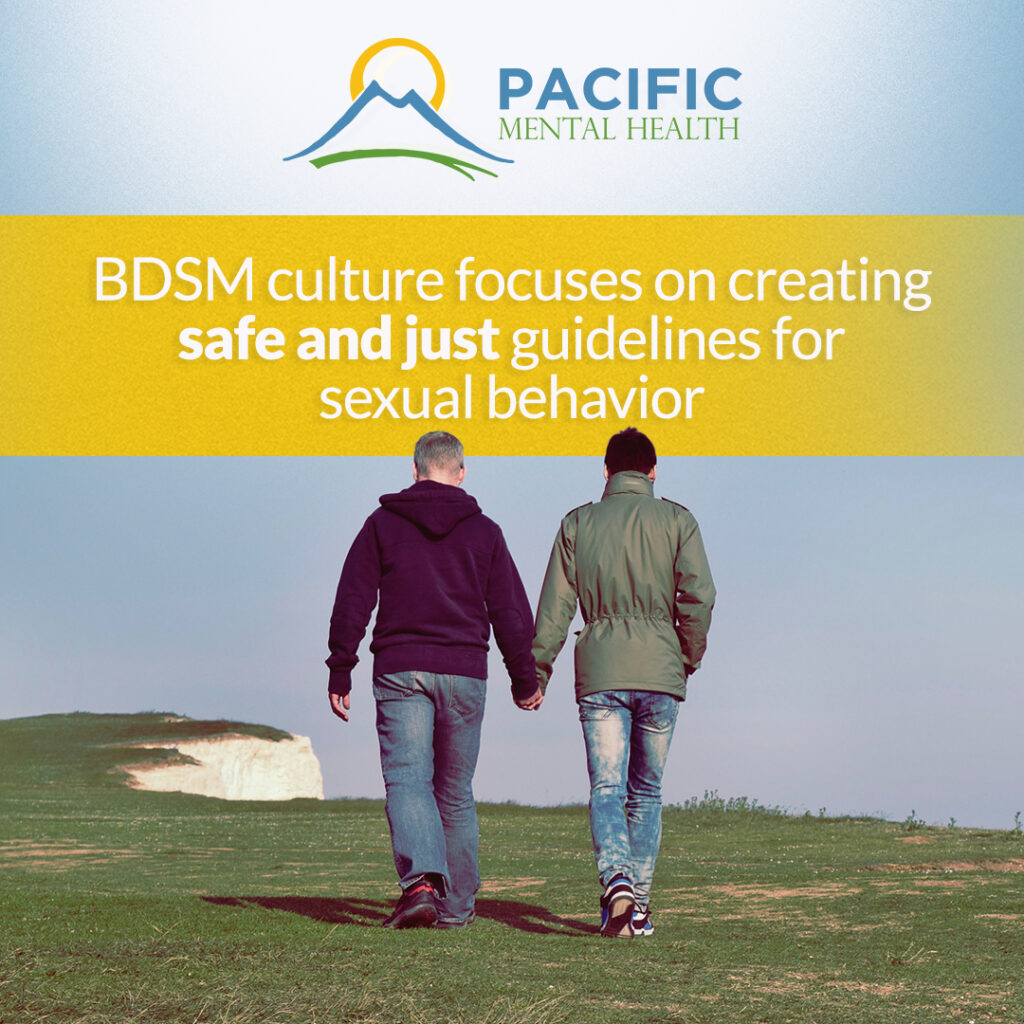
Thankfully, in recent years, the BDSM community has been increasingly normalized through research that contrasts with the historical misconceptions of this population. Research now suggests that the foundational components of BDSM culture emphasize informed consent and mutual satisfaction (Damm, et al, 2018 as cited in Graham, Butler, McGraw, Cannes, & Smith, 2015). BDSM culture focuses on creating safe and just guidelines for sexual behavior, and relies heavily on a consensual negotiation of power (Damm, et al, 2018). Although BDSM communities have historically been discriminated against for their perceived maladjustment, one could argue that BDSM culture has successfully created an inherently equitable and consensual system of behavior. Given the glaring power disparities present in western culture, society should take note from the BDSM community on how to acknowledge power and privilege in a way that promotes human rights discourse.
References:
Damm, C., Dentato, M.P., & Busch, N. (2018). Unraveling intersecting identities: Understanding the lives of people who practice BDSM. Psychology & Sexuality, 9(1), 21-37.
http://doi.org/10.1080/19419899.2017.1410854
Dunkley, C.R., & Brotto, L.A. (2018). Clinical considerations in treating BDSM practitioners: A review. Journal of Sex & Marital Therapy, 44(7), 701-712. http://doi.org/10.1080/0092623X.2018.1451792
Graham, B.C., Butler, S.E., McGraw, R., Cannes, S.M., & Smith, J. (2015). Member perspectives on the role of BDSM communities. The Journal of Sex Research, 1-5. http://doi.org/10.1080/00224499.2015.1067758
Pillai-Friedman, S., Pollitt, J.L., & Castaldo, A. (2015). Becoming kink-aware- a necessity for sexual professionals. Sexual and Relationship Therapy, 30(2), 196-210. http://doi.org/10.1080/14681994.2014.975681
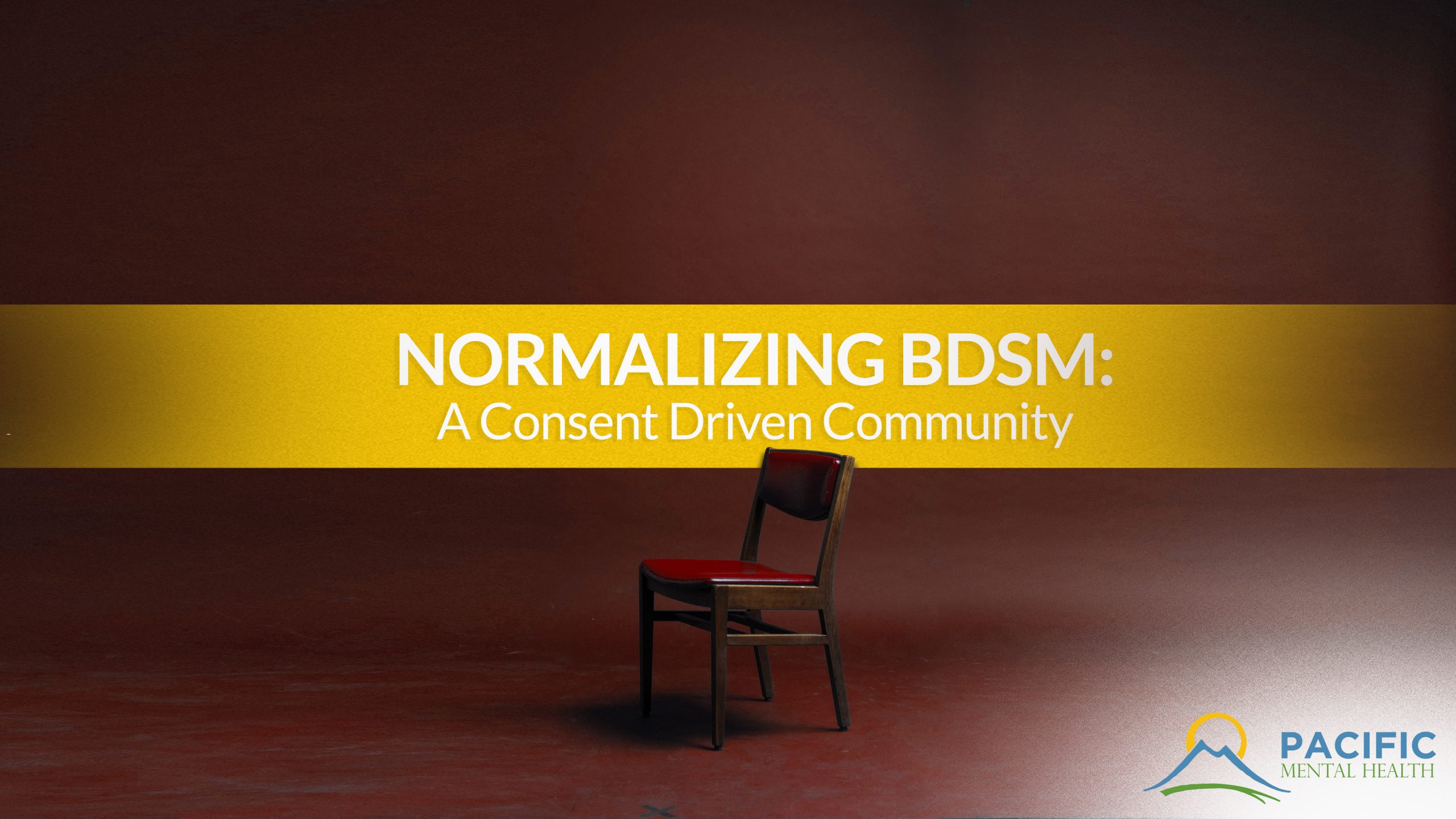
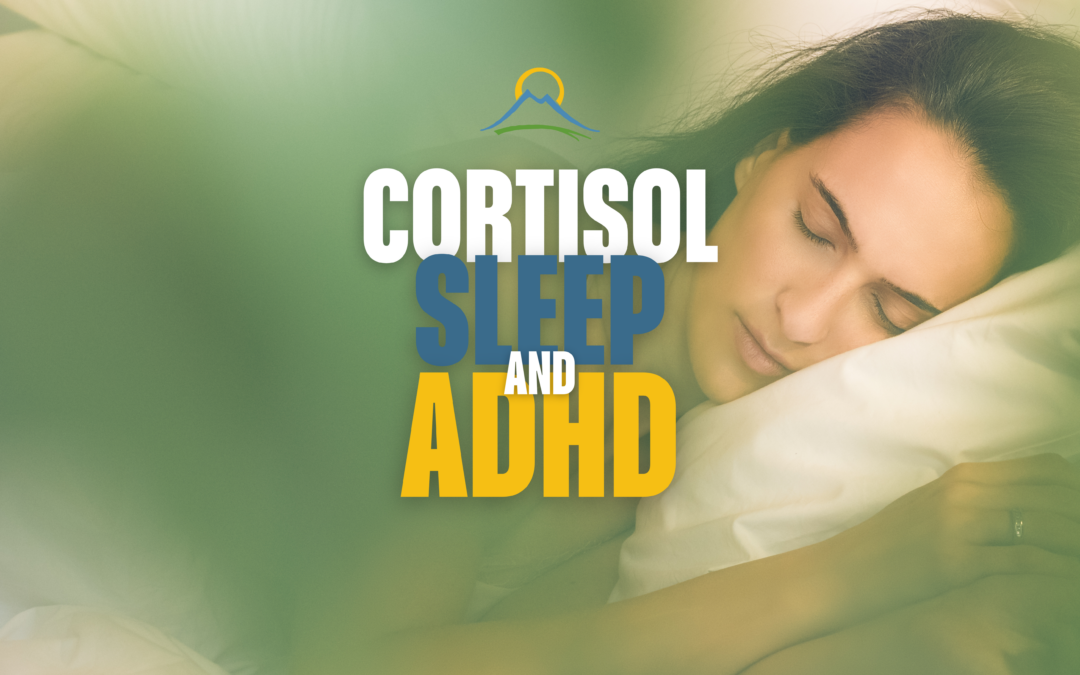
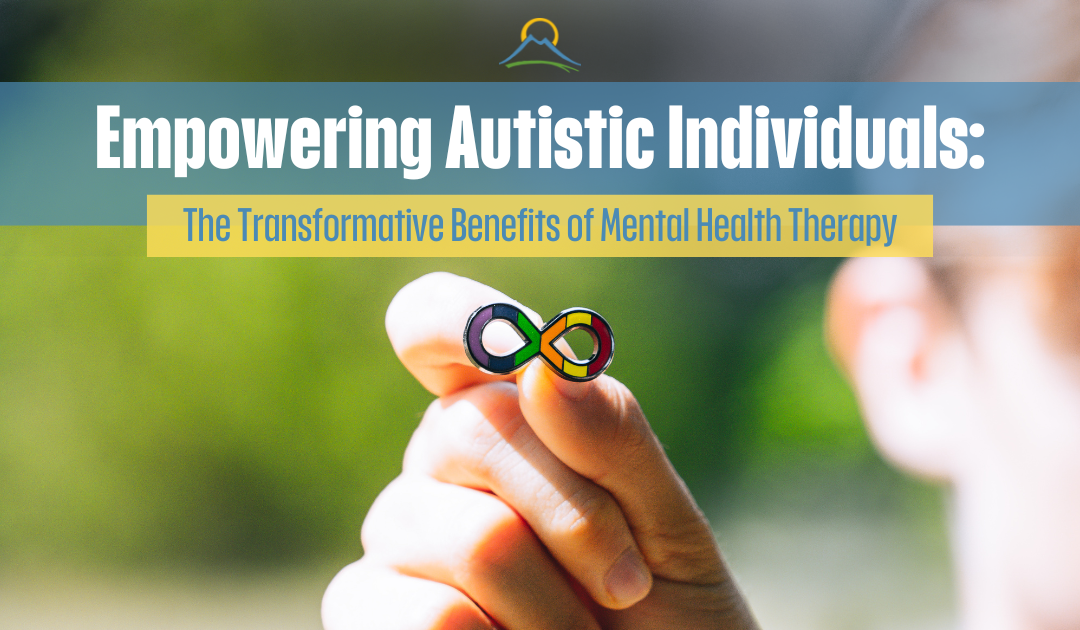



0 Comments